Bhutan’s dramatic terrain harbors valleys that Buddhist monks have deemed sacred for more than a millennium. These hidden refuges are nestled between massive Himalayan peaks, protecting villages where ancient spiritual traditions remain closely woven into everyday existence.
The concept of ‘beyul’—hidden sacred lands consecrated by Guru Rinpoche—defines much of these valleys, where locals believe the land itself possesses protective spiritual energy. Traditional building methods, monastery compounds, and farming practices in these villages attest to centuries of Buddhist influence as suited to difficult mountainous terrain.
Below is a list of 17 Bhutanese villages that exist in valleys that are sacred to Buddhist tradition.
Paro – Taktsang Valley

The village below Tiger’s Nest Monastery resides in one of Bhutan’s most sacred valleys, where Guru Rinpoche first introduced Buddhism to the kingdom during the 8th century. It is home to some 800 individuals living in traditional farmhouses scattered on terraced fields climbing up to the famous clifftop monastery.
From every rooftop, prayer flags flutter and prayer wheels line trails that pilgrims have trodden for twelve centuries. Building codes are strictly enforced by the community to preserve traditional architecture—new structures blend with the sacred landscape that draws Buddhist practitioners from throughout the Himalayas.
Bumthang – Jakar Valley
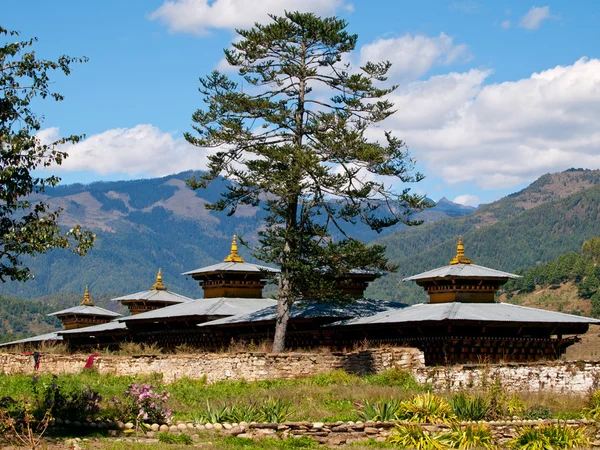
Jakar is the spiritual center of central Bhutan, and some 3,000 people live here amidst some of the kingdom’s oldest and most significant monasteries. Four big temples in the valley form a sacred circuit, and village life here revolves around religious festivals and monk-blessed agricultural cycles.
Red chili peppers dry on roofs each fall—providing flashes of color on whitewashed walls and golden temple spires. These households are each tasked with specific monastery upkeep tasks, a practice that binds each family directly to the valley’s spiritual infrastructure.
Like Travel Pug’s content? Follow us on MSN.
Thimphu – Tango Valley
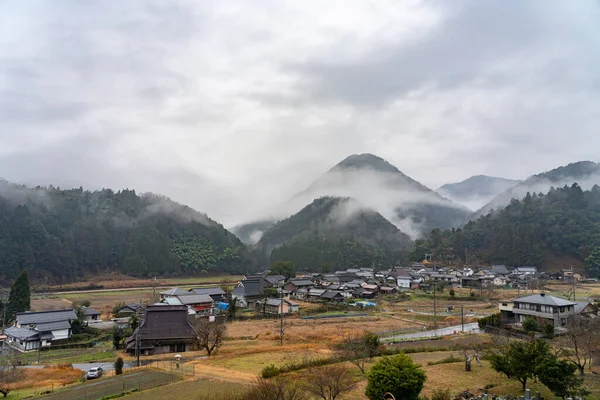
This remote valley supports a population of around 200 individuals living below Tango Monastery—one of Bhutan’s foremost Buddhist philosophical study centers. The village exists in support of the monastery, providing food, crafts, and upkeep services, and participating in religious ceremonies that mark seasonal calendars.
Classic stone homes huddle around fields of barley, which provide both human sustenance and monastery offerings. In winter, when snow seals off the higher passes, the valley is entirely isolated—permitting locals to devote themselves entirely to spiritual practice and traditional crafts.
Punakha – Lobesa Valley
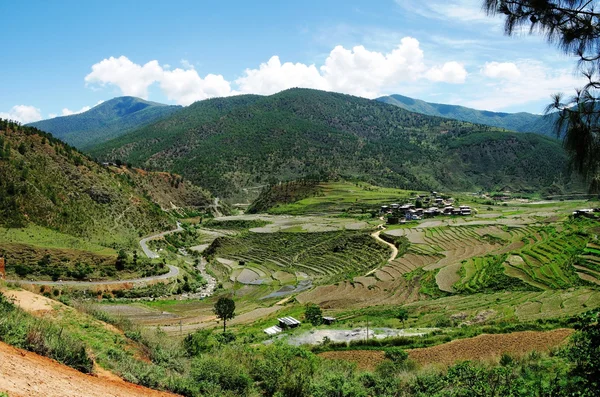
Lobesa Valley gained recognition for its fertility temple, yet the surrounding village of 1,200 residents maintains deep connections to tantric Buddhist traditions predating the temple’s construction. Chimi Lhakhang sits at the valley’s heart, where couples from across Bhutan seek blessings for children.
Village women specialize in weaving traditional textiles using techniques passed down through generations of mothers and daughters. The community celebrates several unique festivals annually, including ceremonies that blend ancient Bon spiritual practices with later Buddhist traditions.
Wangdue – Gangtey Valley
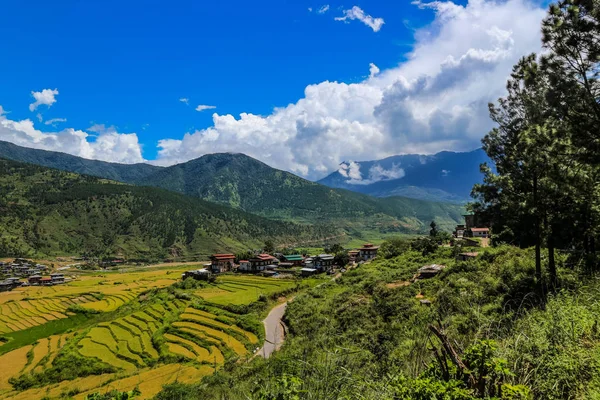
Gangtey’s glacial valley provides winter habitat for endangered black-necked cranes, though the 400 village residents consider these birds sacred messengers rather than simple wildlife. The community centers around Gangtey Monastery, where monks perform special ceremonies to welcome and protect cranes during their annual migration.
Traditional yak herding continues here at 9,800 feet elevation, with families moving between seasonal pastures according to schedules accommodating both livestock needs and crane conservation. Village architecture reflects harsh climate conditions through thick stone walls, small windows, and steep roofs designed for heavy snow.
Like Travel Pug’s content? Follow us on MSN.
Haa – Haa Valley
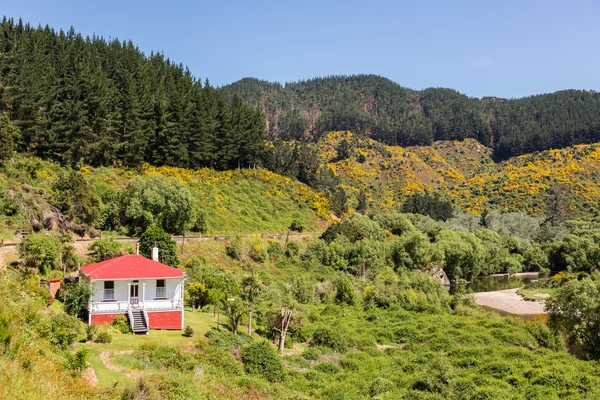
One of Bhutan’s most isolated sacred valleys, Haa houses about 1,500 residents, maintaining traditional farming and herding practices largely unchanged for centuries. The valley sits close to Tibet and China, giving it strategic importance that has shaped its spiritual development.
Three ancient temples guard the valley’s entrance, while village shamans still perform rituals blending Buddhist and indigenous traditions. Local families speak a distinct dialect and maintain customs found nowhere else in Bhutan, including unique marriage ceremonies and harvest festivals.
Trashigang – Khoma Valley
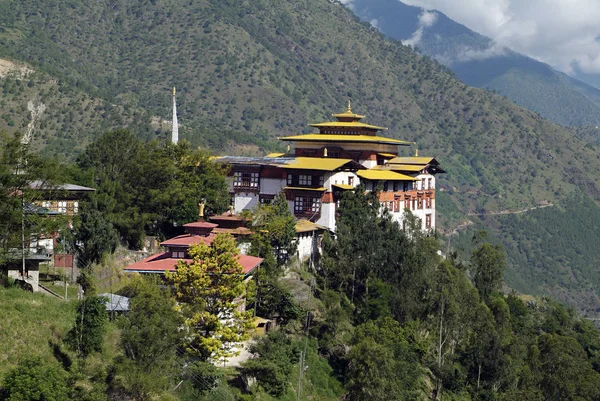
Khoma village specializes in producing Bhutan’s finest traditional textiles, with about 300 residents (mostly women) maintaining weaving techniques that create fabric worthy of royal ceremonies. The valley’s spiritual significance stems from its role in preserving textile arts, carrying deep Buddhist symbolism through their colors and patterns.
Each family maintains specific weaving knowledge passed down through maternal lines—creating a living library of traditional designs. The community operates cooperatively, sharing raw materials and marketing finished products while ensuring sacred textile traditions continue uninterrupted.
Mongar – Lhuentse Valley
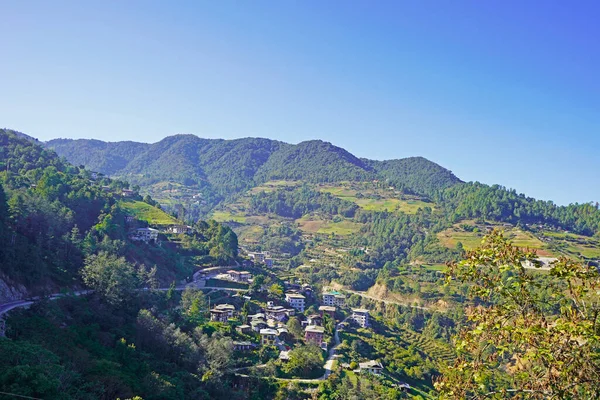
This remote valley houses approximately 2,000 residents who maintain some of Bhutan’s strongest connections to tantric Buddhist practices. The landscape itself is considered a mandala—a sacred geometric pattern reflecting cosmic harmony.
Village houses follow traditional placement rules based on Buddhist geomancy, while agricultural practices incorporate ritual elements honoring the land’s spiritual significance. Local festivals here include rare masked dances reenacting ancient spiritual battles between good and evil forces.
Like Travel Pug’s content? Follow us on MSN.
Samtse – Dorokha Valley
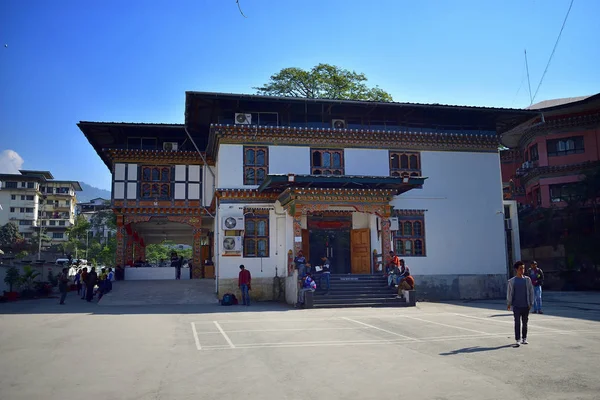
Dorokha sits in southern Bhutan, where the subtropical climate permits year-round agriculture, yet the 1,800 village residents maintain Buddhist traditions despite their more comfortable environment. The valley contains several meditation retreats where monks spend three-year periods in complete isolation.
Village life revolves around supporting these retreat centers while practicing organic farming methods reflecting Buddhist principles of non-harm. Traditional medicine thrives here, with village healers maintaining knowledge of medicinal plants growing in the valley’s diverse microclimates.
Zhemgang – Trong Valley
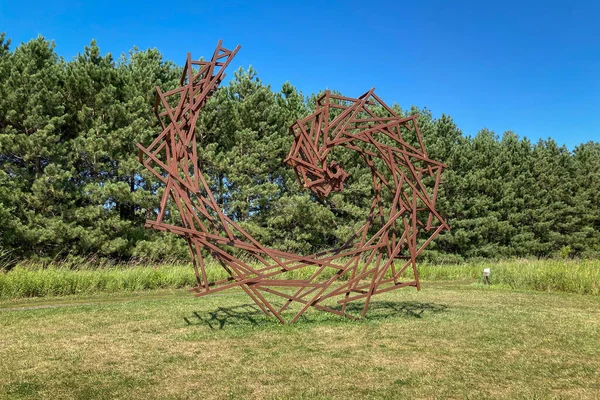
Trong Valley represents one of Bhutan’s most traditional communities, where 600 residents continue practicing subsistence agriculture and traditional crafts with minimal outside influence. The valley’s spiritual importance comes from its role as a meditation retreat center where several important lamas achieved enlightenment.
Ancient juniper trees throughout the valley are considered sacred—with strict taboos protecting them from cutting or damage. Village governance follows traditional consensus-building methods that incorporate Buddhist principles of compassion and wisdom into community decision-making.
Dagana – Dagana Valley
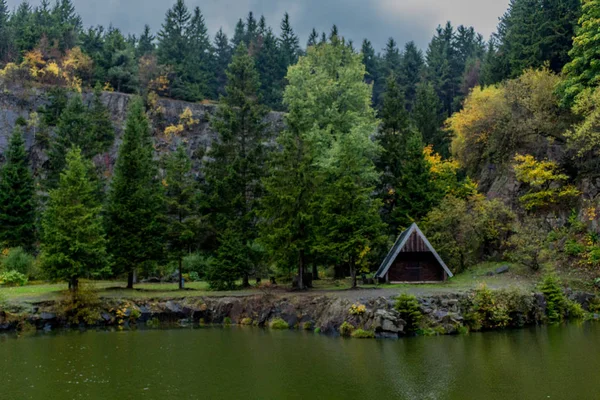
This valley community of about 900 residents maintains traditional orange cultivation alongside Buddhist spiritual practices that celebrate the connection between human labor and natural abundance. The local temple contains murals depicting agricultural scenes as spiritual metaphors, while harvest festivals combine thanksgiving ceremonies with Buddhist teachings about impermanence.
Village elders preserve traditional ecological knowledge that maintains soil fertility without modern chemicals. These practices represent expressions of Buddhist environmental ethics rather than mere farming techniques.
Like Travel Pug’s content? Follow us on MSN.
Tsirang – Damphu Valley
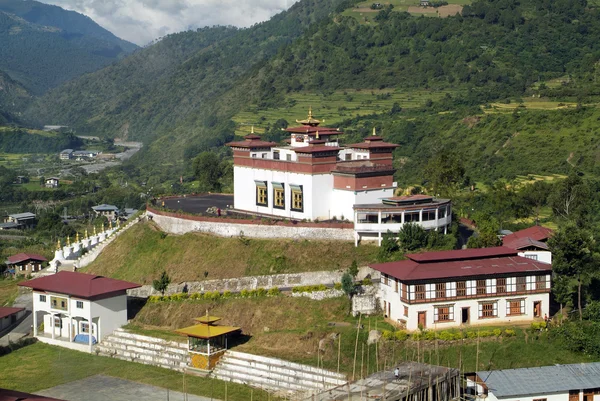
Damphu Valley houses roughly 1,400 residents practicing sustainable forestry alongside traditional Buddhism, maintaining sacred groves that serve both spiritual and ecological functions. The community manages its forests according to Buddhist principles, viewing trees as sentient beings deserving of protection and respect.
Traditional wooden architecture here uses only naturally fallen or carefully selected timber, while village festivals include tree-blessing ceremonies, strengthening connections between human and forest communities. Medicinal plant cultivation thrives under the forest canopy, providing both income and traditional healing resources.
Sarpang – Sarpang Valley
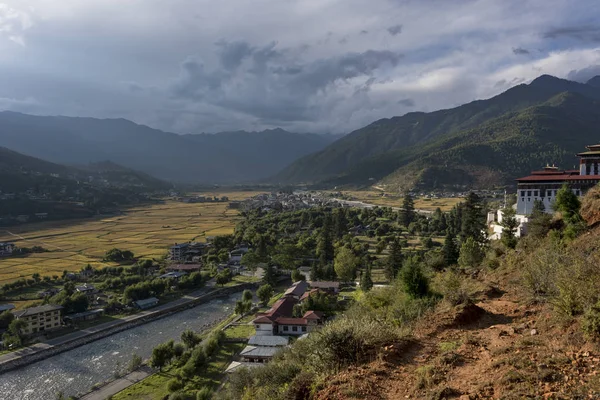
This southern valley community of 2,200 residents maintains unique Buddhist traditions influenced by contact with Indian spiritual practices, creating distinct religious culture found nowhere else in Bhutan. The valley contains several temples blending Bhutanese and Indian architectural styles, while local festivals incorporate elements from both traditions.
Rice cultivation here follows ritual calendars coordinating planting and harvesting with religious observances. Traditional dance and music in Sarpang show clear Indian influences while maintaining distinctly Bhutanese Buddhist spiritual content.
Chhukha – Phuentsholing Valley

Despite its proximity to the Indian border, Phuentsholing Valley maintains sacred character through the 1,100 residents’ dedication to preserving traditional Buddhist culture amid increasing modernization. The community operates several small monasteries serving as cultural preservation centers, teaching traditional arts, crafts, and spiritual practices to younger generations.
Village families practice traditional architecture even as modern materials become available, viewing their building choices as expressions of cultural and spiritual identity. Local festivals emphasize maintaining Bhutanese values while engaging with the outside world.
Like Travel Pug’s content? Follow us on MSN.
Gasa – Laya Valley
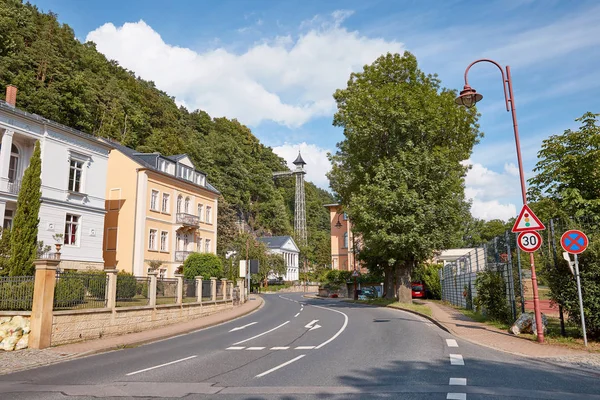
Laya sits at 12,500 feet elevation, making it one of Bhutan’s highest permanent settlements, where about 800 residents practice yak herding and maintain unique cultural traditions shaped by extreme altitude and isolation. The valley’s spiritual significance comes from its role as a gateway to sacred mountain peaks serving as meditation focuses for advanced practitioners.
Traditional clothing here includes distinctive conical bamboo hats worn nowhere else in Bhutan, while local dialects preserve ancient vocabulary lost in lower regions. The community maintains strict rules about outsider access, protecting both their fragile environment and traditional way of life.
Trashi Yangtse – Bumdeling Valley
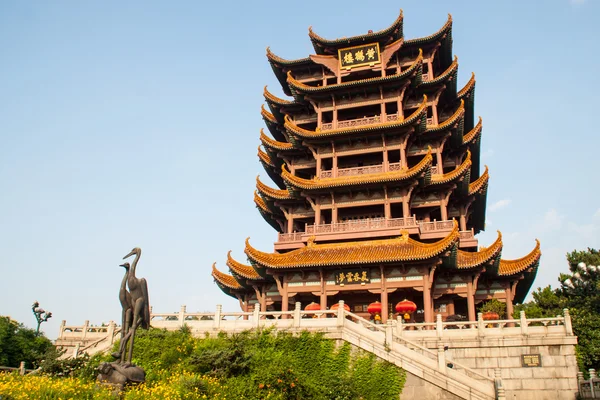
Bumdeling Valley serves as winter habitat for endangered black-necked cranes, but the 500 village residents view their role as crane protectors through a distinctly Buddhist lens, emphasizing interdependence between human and animal communities. The valley contains meditation caves used by famous lamas, while village festivals include ceremonies specifically designed to honor and protect migrating cranes.
Traditional architecture here incorporates design elements meant to minimize wildlife disturbance, while agricultural practices follow seasonal rhythms, accommodating crane habitat needs alongside human subsistence requirements.
Pemagatshal – Khangma Valley
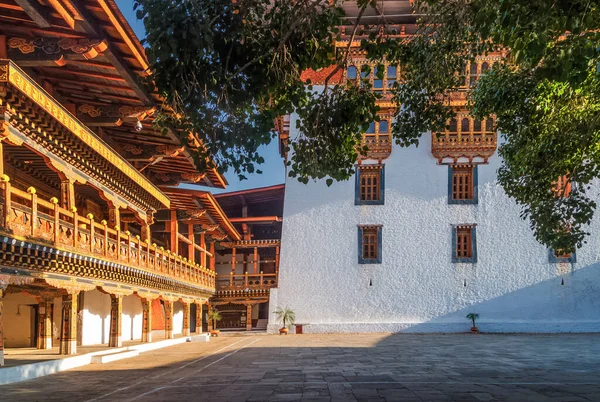
This remote valley houses about 300 residents maintaining some of Bhutan’s most traditional lifestyle practices, including seasonal migration patterns moving entire families between winter and summer settlements. The valley’s spiritual importance stems from its role as a pilgrimage destination where devotees complete challenging walking circuits around sacred peaks.
Traditional leadership here follows hereditary patterns combined with Buddhist principles of merit-based authority, creating governance systems balancing ancient customs with spiritual values. Local festivals emphasize the valley’s role as a place where physical and spiritual worlds intersect through dramatic mountain landscapes and centuries of continuous religious practice.
Like Travel Pug’s content? Follow us on MSN.
Sacred Geography of the Soul
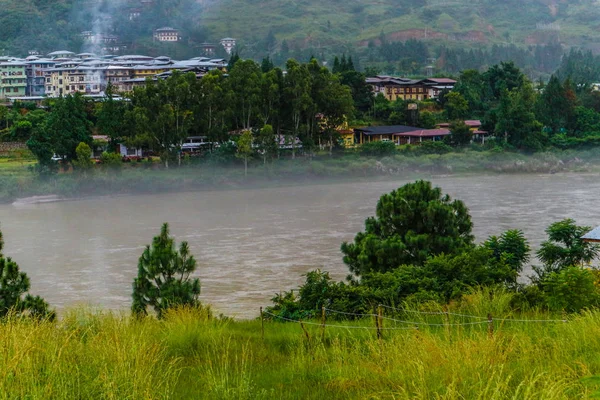
These Bhutanese villages demonstrate how spiritual beliefs can shape entire communities, creating places where daily life remains inseparable from religious practice and environmental stewardship. The concept of sacred valleys reflects worldviews that see spiritual significance in geographical features, turning mountains, rivers, and forests into active participants in human spiritual development.
Unlike many modernizing societies where religion becomes separated from practical life, these communities maintain integrated approaches, treating farming, crafts, architecture, and social organization as expressions of Buddhist principles. Their continued existence proves that traditional spiritual communities can thrive in the modern world when supported by strong cultural values and careful balance between preservation and adaptation.
The sacred valleys of Bhutan offer profound lessons about living harmoniously with both natural environments and ancient wisdom traditions that continue providing meaning and direction for contemporary life.
More from Travel Pug

- 20 Best Beach Towns in the Carolinas
- 13 Destinations Where Tourists Regularly Regret Their Trip
- 20 Destinations That Are More Magical Without an Itinerary
- 20 Underrated Adventures That Belong on Your Travel List
- 20 Cities Where You Should Just Wing It, No Planning Required
Like Travel Pug’s content? Follow us on MSN.
